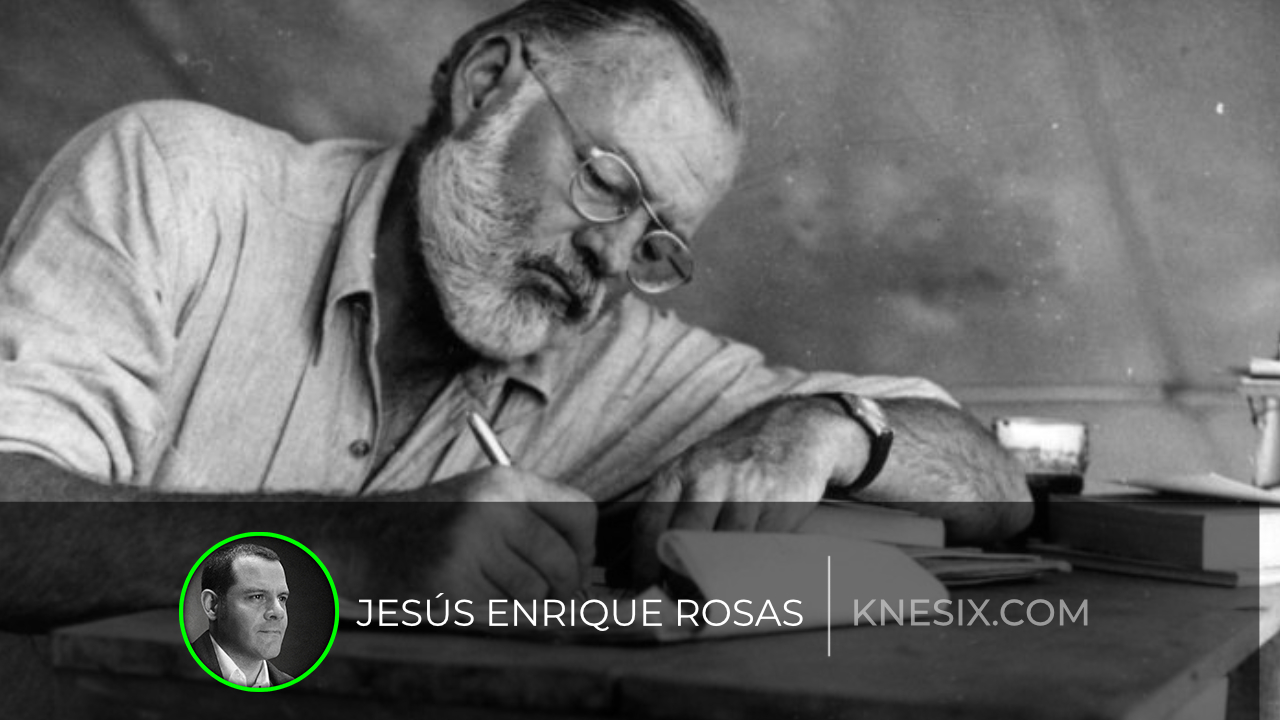To negotiate effectively, it’s important to recognize the different styles of this art.
The style you choose will depend on your goals, your personality and circumstances, as well as the motivations of the other party.
Of course, some styles are more ‘combative’ than others.
Kenneth Thomas and Ralph Kilmann developed an instrument to assess the behavior of an individual in conflict situations. In this model, they describe five different personalities to handle conflict situations in negotiations. Those 5 negotiation styles are …
1. Compete: Win-Lose
This style is competitive and one of the most used in negotiation; Those who employ it seek to meet their own needs, wondering “What can I get from this discussion?”
Hence, in this modality, it’s not important to build a relationship with the other party.
This style is much more effective when you need quick results, or you are certain that there is no room for dialogue. It’s also advised on isolated negotiations that lack an opportunity for a long-term relationship.
An example: When you are certain that the other party is not negotiating in good faith, or they hide information.
2. Surrender: Lose – Win
This style is the opposite of competing and is based exclusively on building a relationship.
Negotiators use the ‘lose’ strategy when they decide that the only way to obtain long-term benefits is to yield for the moment what the other party demands; Of course, they perceive this as a victory.
This style cannot be improvised and the potential of that future relationship must be carefully measured in order to amortize the initial ‘loss’.
3. Compromise: I lose/gain something – You lose/gain something
The old adage ‘Choose your battles’ applies here.
This style values the relationship between both parties and recognizes that there may be a loss, and both strive to get to an agreement. In the end, both get more or less what they were looking for at the beginning of the negotiation.
This style is common when the parties have a high level of trust between them and do not have enough time to spare.
Note: It’s wrong to confuse this style with Win-Win.
4. Collaborate: Win-Win
The win-win negotiators recognize that both parties want to meet their needs and take the time to find creative solutions to this dilemma.
Most of those who negotiate in B2B plan this type of negotiation; Some organizations are recognized for their collaborative style of negotiation when others have earned the reputation of being aggressive mercenaries.
The only drawback of this style is that it demands the greatest amount of resources and time. An example is Honda, which is known for focusing exclusively on a collaborative approach to work with its suppliers, resulting in better cooperation.
5. Avoiding: Lose-Lose
This style is much more difficult to identify because it can remain hidden for a long time: It’s kind of a ‘passive-aggressive’ style.
Although it may seem that it does not have many applications, it actually has the function of locking the adversary in a perpetual loop without reaching a specific result, which requires the greatest amount of time invested.
Examples of applications of this style were the supposed diplomatic negotiations of Japan with the United States, which lasted literally until the moment the attack on Pearl Harbor occurred; It was actually a strategy from Japan to ensure a surprise attack.
Do you need to prepare for an upcoming negotiation? Start by downloading my free body language tips ebook, here:
https://jesusenriquerosas.com/subscribe
Much success,
Jesús Enrique Rosas
– I can read your body language and write a story about it.




Leave A Comment